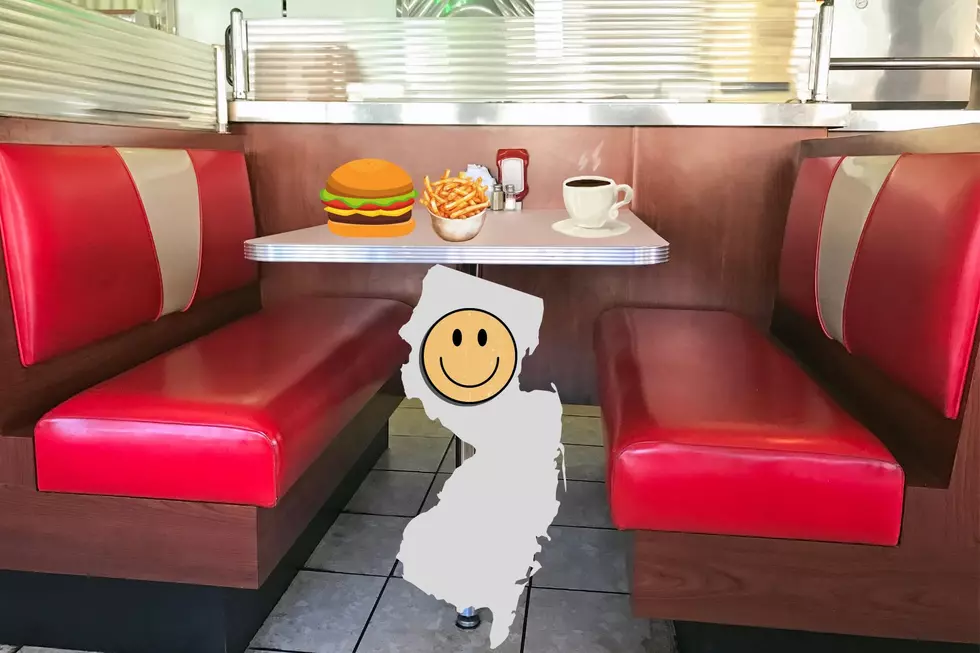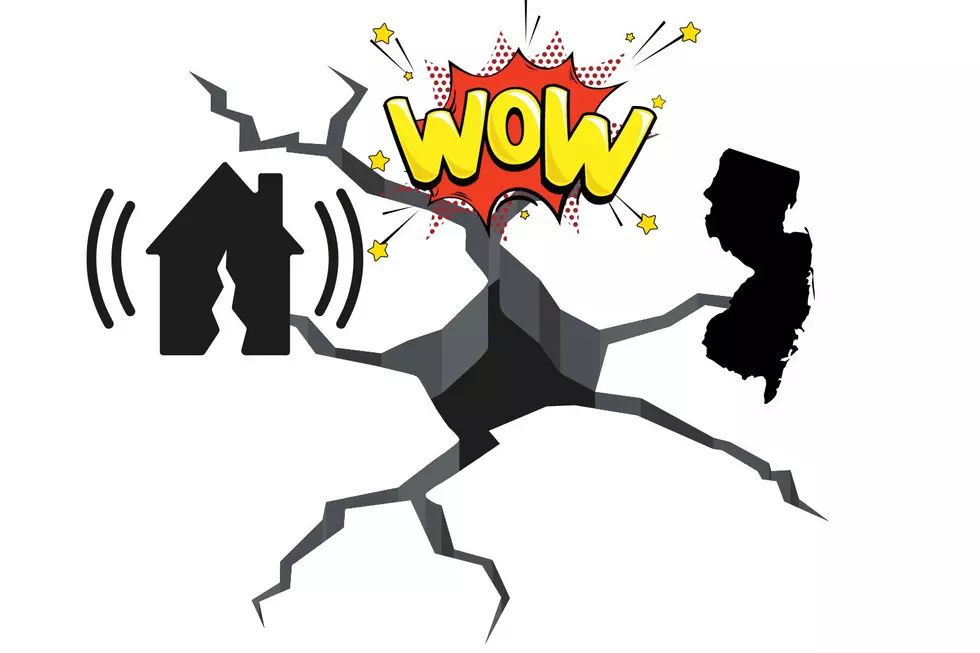
Pine Barrens Forest Fire Odor Could Linger into Wednesday
Ironically, this second week of "National Preparedness Month" focuses on the dangers of forest fires as a burning smell lingers in Ocean County from Monday's blaze in the Pine Barrens, in Burlington County, according to the Ocean County Sheriff's Department.
Smoke exposure can be dangerous, depending on the proximity to the actual fire, according to Dr. Chelvakumaran Jayanathan, MD, an emergency physician at Community Medical Center in Toms River.
"The reason is, smoke inhalation carries the risk of carbon monoxide inhalation, which is not there if you are far away and only getting the odor itself," said Jayanathan.
The threat increases for those within close proximity to flames or actual smoke, according to Jayanathan.
"For those who are relatively close, if they are starting to get a headache, or they are feeling nauseated or dizzy, then they need to get to the hospital sooner rather than later," Jayanathan said. He added, " If they have Asthma, Emphysema, or COPD, Chronic Obstructive Pulmonary Disease, than that may exacerbate it, but it's unlikely, because this is just the odor itself."
Jayanathan recommends individuals with existing health conditions or the very young or very old remain in air conditioning with windows closed, whether at home or riding in a car.
The Ocean County Health Department also offers these tips:
- Stay indoors: People living in close proximity to the fire-stricken areas should remain indoors and avoid inhalation of smoke, ashes and particulate matter in the area.
- Don't count on a dust mask: Ordinary dust masks, designed to filter out large particles, will not help as they still allow the more dangerous smaller particles to pass through. Special, more expensive dust masks with true HEPA filters will filter out the damaging fine particles, but are difficult for people with lung disease to use. Consult with your physician before using a mask, especially if you have a lung disease.
- Don't exercise outside: If you live close to or in the surrounding area, it's recommended that you refrain from exercising outdoors, especially if you smell smoke or notice eye or throat irritation.
- Take precautions for kids: Extra precaution should be taken for children, who are more susceptible to smoke because their respiratory systems are still developing and they breathe in more air (and consequently more pollution) per pound of body mass than adults.
- Roll up your car windows: When driving your car in smoky areas, keep your windows and vents closed. Air conditioning should only be operated in the "recirculate" setting.
- Put air conditioners on recirculate: Stay inside as much as possible, with doors, windows and fireplace dampers shut and preferably with clean air circulating through air conditioners and air cleaners. Use air conditioners on the recirculation setting so outside air will not be moved into the room.
If You Have Respiratory Problems or Chronic Heart Disease
- Keep an eye on symptoms: Due to the higher levels of pollutants in some areas, there is a possibility of experiencing increased symptoms. If you are experiencing symptoms, please try to contact your physician. If you cannot, asthma patients can follow the asthma action plan developed with their physician. Use your peak flow meter if prescribed. Do not hesitate to take your medication, and avail yourself of the full spectrum of medications your doctor has prescribed to you.
- Check in with your doctor: People with asthma should check with their physician regarding any changes in medication that may be needed to cope with the smoky conditions.
- Ask about your oxygen use: People using oxygen should not adjust their levels of intake before consulting a physician. (Call your doctor BEFORE you take any action.)
- Know when to seek medical attention: If pulmonary symptoms are not relieved by the usual medicines, seek medical attention. Symptoms to watch for: wheezing, shortness of breath, difficulty taking a full breath, chest heaviness, light headedness, and dizziness. If you have any concerns or questions please contact your physician.
- Watch for breathing issues after exposure: If you develop a persistent cough, or difficult or painful breathing, call your physician. The onset of symptoms can appear as late as 24 to 48 hours after exposure and that smoke can remain in areas for many days after the fires
For more information on National Preparedness Month, go to: http://wobm.com/tags/national-preparedness-month/
More From 92.7 WOBM









